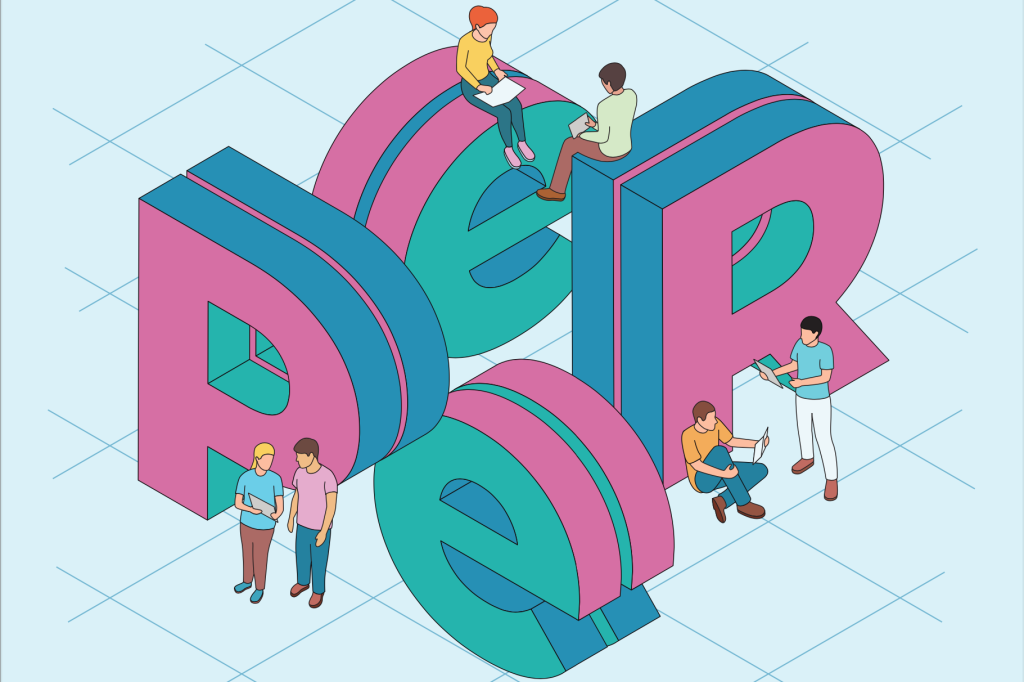Is it possible to learn efficiently and productively through collaboration within a school context? It is possible and it can be very successful and productive, but success does not come easily. Relying on knowledge from sociocultural psychology, psychology of individual differences, developmental psychology and educational sciences, as well as the research findings that we arrived at during the implementation of the project, we have formulated a unique PEER model of joint problem solving. This model recognizes four key aspects of cooperation: 1) Personality traits, 2) Emotional Intelligence, 3) Exchange of ideas through dialogue, and 4) available Resources. We have dedicated a chapter to each letter of the PEER model in this Handbook, in which the elements of the model are explained and the activities shown that encourage and cultivate a sense of cooperation among young people.
The Handbook is intended for professionals who work with young people and use group work as a method in the implementation of activities, whether it is a school or extra-curricular context. Psychologists, pedagogues, professional associates, teachers, educators and others who deal with youth development will find here useful guidelines and tools aimed at supporting young people in the development of their joint problem-solving skills. However, the same is also
valid for a wider readership, such as parents, as the Handbook offers sound strategies and activities for joint work.
You can download the Handbook at the following link: https://peersolvers.f.bg.ac.rs/wp-content/uploads/2024/06/Collaborative-Solutions-PEER-ENG.pdf

